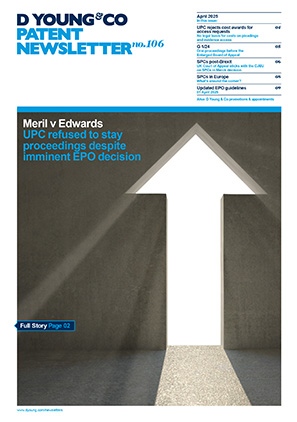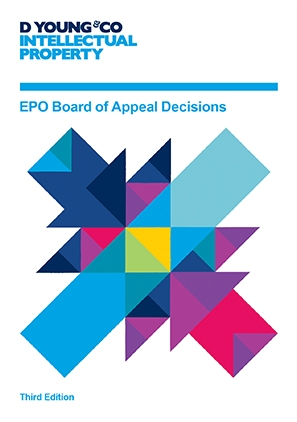Time to be demanding: getting additional value from the PCT patent application procedure
In the context of obtaining patent protection in a number of territories around the world, this is often achieved via the use of an international PCT patent application.
A PCT patent application must be applied for within 12 months of any first (priority) patent application made in respect of an invention. Once applied for, the PCT application then acts a single application from which any required national/regional patent applications can ultimately be pursued. The deadline for pursuing such national/regional patent applications, in most of the possible territories covered by the PCT procedure, is either 30 or 31 months from the underlying priority date of the PCT application. In essence therefore, one of the primary benefits of the PCT procedure is that it can effectively buy an additional 18 months of time before having to decide where to pursue any required patent protection (and incur the associated cost) overseas.
Aside from buying time, another procedural benefit of the PCT patent procedure is that it includes the provision of an accompanying international search report and written opinion (ISA-WO), which provides the owner of the PCT patent application with an initial indication on the potential allowability of the invention outlined in the PCT application.
Based on the results of this international search report, which is usually received no later than 18 months from the priority date of the PCT patent application, the owner of the PCT application can make a more informed decision on whether there is a commercial benefit in pursuing, and incurring the associated cost of, any required national/regional patent applications deriving from the PCT application - which invariably must be made by the 30/31 month deadlines.
An important consideration in respect of the above is that the international search report is ultimately made available for anyone to see. Importantly, this also includes the patent offices where any national/regional patent applications are pursued from the PCT patent application, which consequentially will often base their examination off the back of the contents of the international search report. That being the case, a negative international search report can complicate, and increase the cost of navigating, each of these national/regional patent examination procedures.
The demand procedure
Conscious of the above, an often overlooked and under used optional procedure in the PCT process is that of requesting international preliminary examination (also called filing a demand) in receipt of a negative international search report and written opinion. Pursuit of a demand, and the payment of corresponding official fees, allows the owner of the PCT patent application to respond to the findings of the negative search report, via the use of written arguments and optional corresponding changes/restrictions to the scope of the claims. If ultimately deemed persuasive, these submissions can then result in the issuance of a more positive written report concerning the allowability of the PCT application, which may result in a more simplified and reduced-cost examination procedure in respect of each pursued national/regional patent application at the end of the PCT procedure.
That being the case, the short-term cost of pursuing a demand during the PCT procedure can result in longer term, and potentially more extensive, cost savings during the national/regional patent application stage, as a result of less substantive examination being potentially needed on each of such national/regional patent applications.
The European perspective
Particularly in the context of European patent applications deriving from the PCT application, and where the European Patent Office (EPO) was responsible for preparing the international search report, pursuing a demand effectively provides for a further round of written correspondence before the EPO in trying to convince them that the content of the PCT/European patent application is allowable. This additional round of written correspondence is particularly valuable now more than ever, noting the EPO’s progressive shift towards providing fewer rounds of written correspondence before deciding on the allowability of a European patent application [see note 1 below].
In this respect as well, if a demand is pursued in the PCT procedure where the EPO was responsible for preparing the international search report, the official examination fee payable on the European patent application deriving from the PCT patent application is also reduced by 75%, so making the demand procedure in such instances particularly cost effective.
Summary
If pursuing a PCT patent application and the results of the international search report are negative, and particularly where the EPO is responsible for preparing the international search report, do consider whether pursuing a demand might be worthwhile under the circumstances to try convert the report into something more positive. Indeed, doing so can often then place the PCT patent application in a much stronger position upon its entry into any required national/regional territories of interest, and can simplify the extent of any required examination.
Notes
The EPO’s current performance metric is for the examination procedure of any given European patent application to be completed in just 12 months: https://dycip.com/epo-timeliness.


